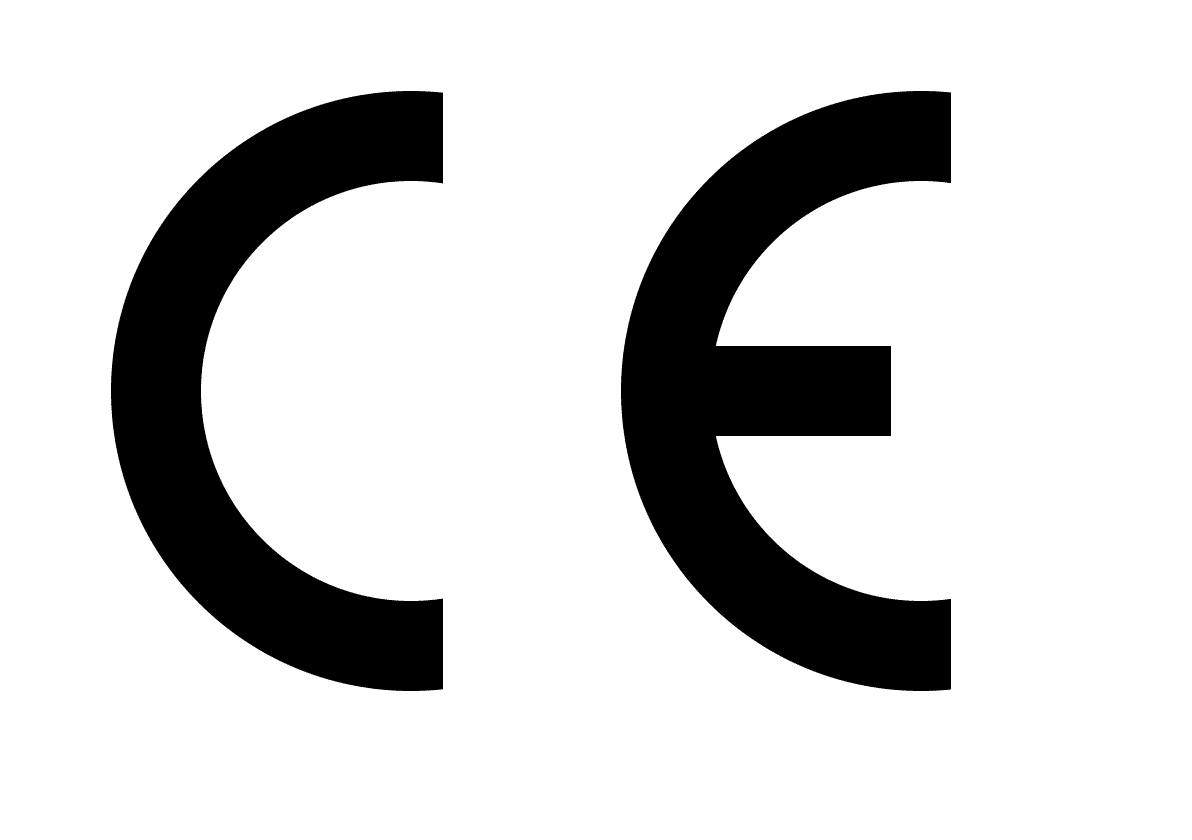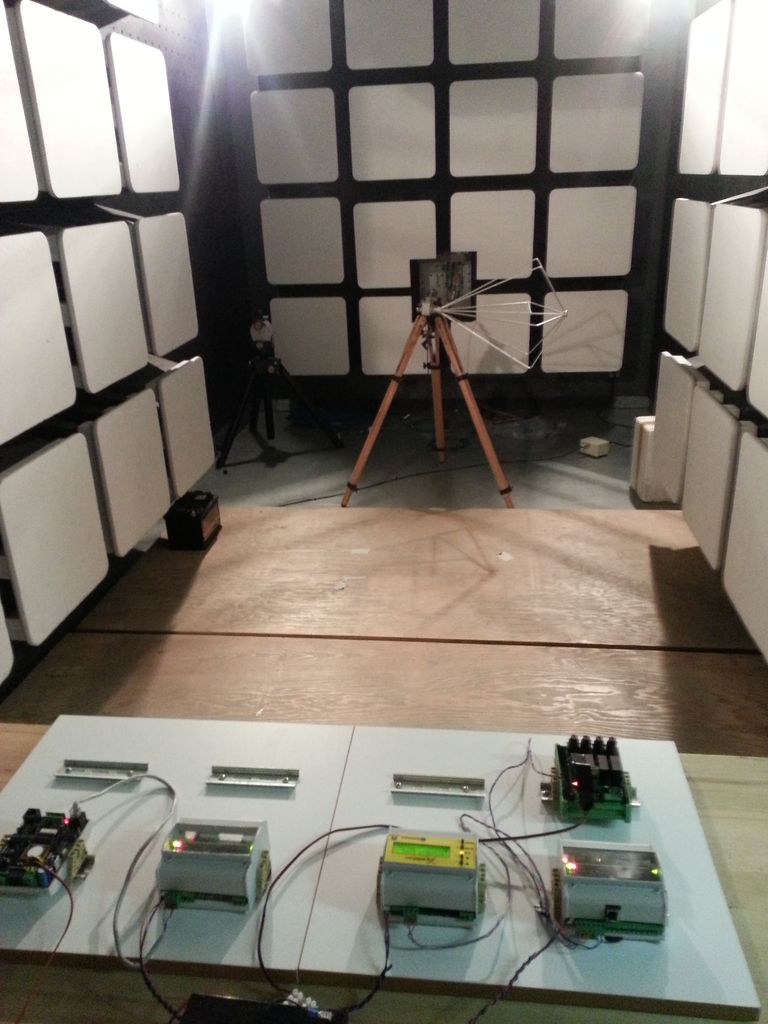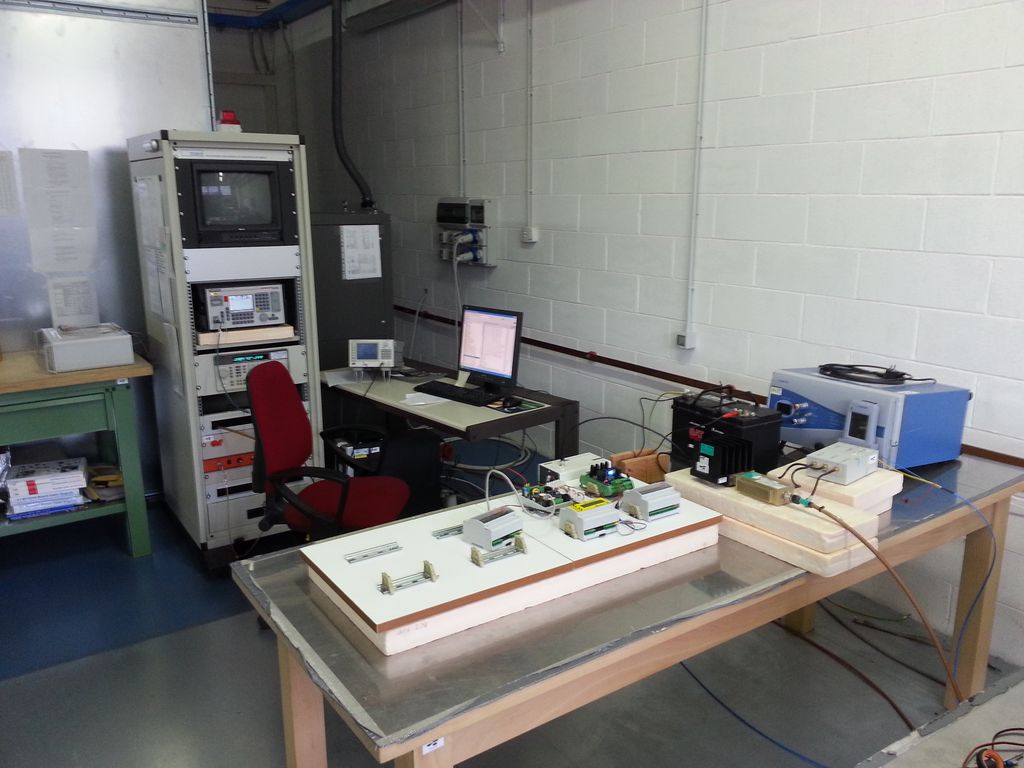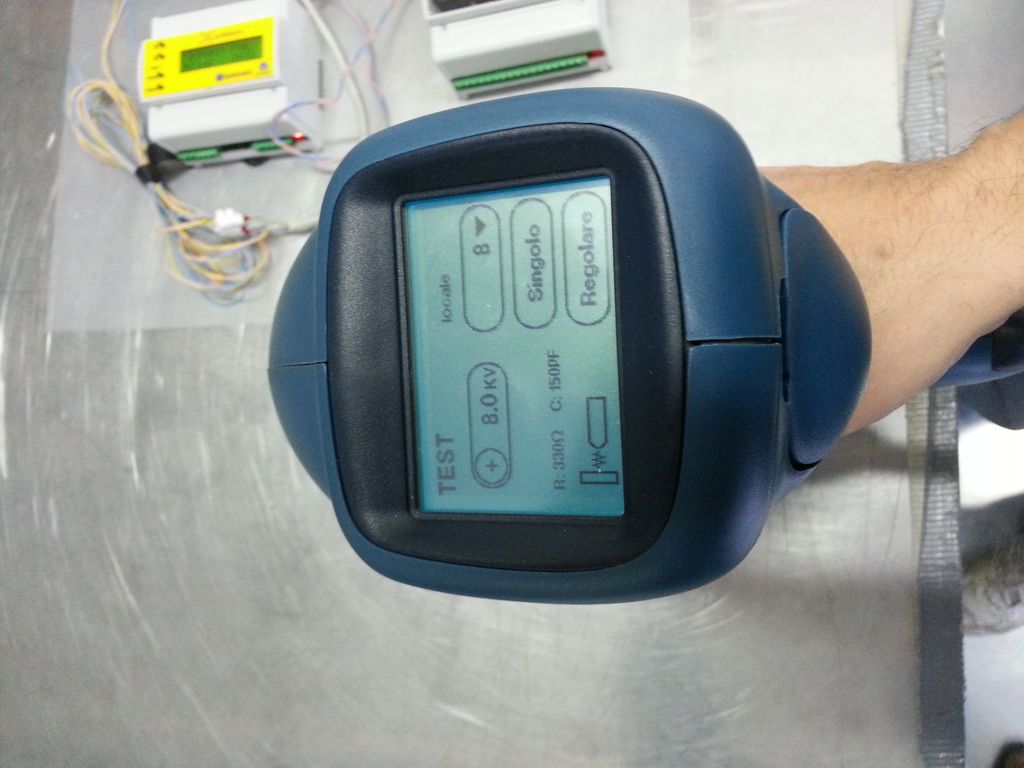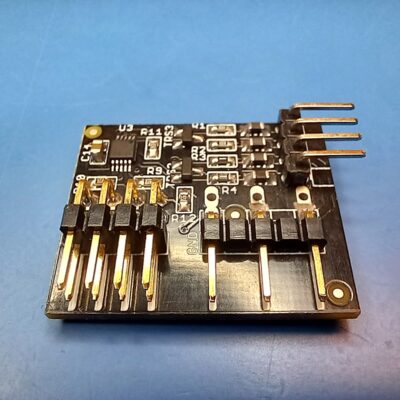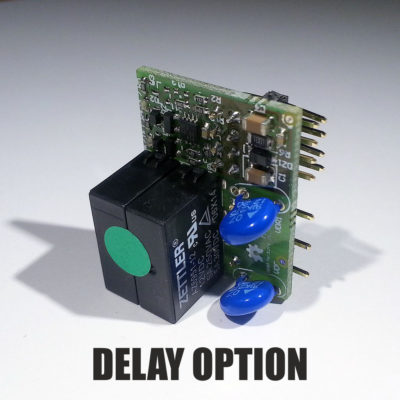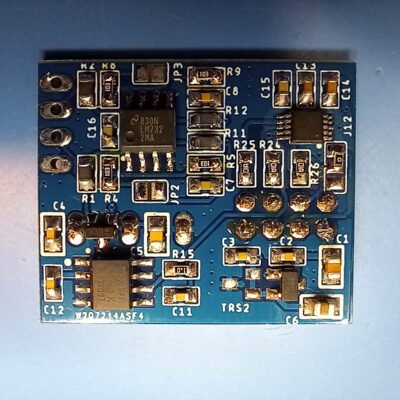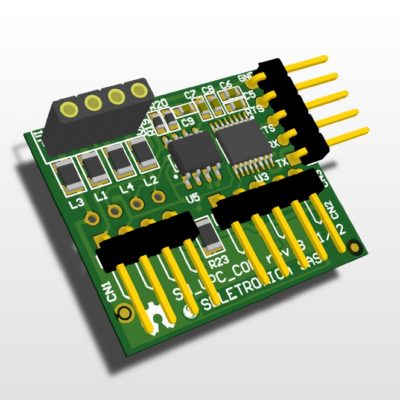Archiduino fully satisfies the EMC requirements of EN 61326-1: 2013 class A.
This, in addition to other directives, standards and/or regulations – as listed below – on which Archiduino complies, means that the system and related expansion/signal conditioning modules and/or SnipCards is fully certified in order to be installed in home or industrial environments.
Electromagnetic compatibility (EMC) is the branch of electrical sciences which studies the unintentional generation, propagation and reception of electromagnetic energy with reference to the unwanted effects (electromagnetic interference, or EMI) that such energy may induce. The goal of EMC is the correct operation, in the same electromagnetic environment, of different equipment which use electromagnetic phenomena, and the avoidance of any interference effects. In order to achieve this, EMC pursues two different kinds of issues.
Emission issues are related to the unwanted generation of electromagnetic energy by some source, and to the countermeasures which should be taken in order to reduce such generation and to avoid the escape of any remaining energies into the external environment.
Susceptibility or immunity issues, in contrast, refer to the correct operation of electrical equipment, referred to as the victim, in the presence of unplanned electromagnetic disturbances. Interference mitigation and hence electromagnetic compatibility is achieved by addressing both emission and susceptibility issues, i.e., quieting the sources of interference and hardening the potential victims. The coupling path between source and victim may also be separately addressed to increase its attenuation.
EN 61326-1: 2013 Directive – A brief description
This part of IEC 61326 specifies requirements for immunity and emissions regarding electro-magnetic compatibility (EMC) for electrical equipment, operating from a supply or battery of less than 1000V a.c. or 1500V d.c. or from the circuit being measured. Equipment intended for professional, industrial-process, industrial-manufacturing and educational use is covered by this part. It includes equipment and computing devices for:
– measurement and test;
– control;
– laboratory use;
– accessories intended for use with the above (such as sample handling equipment),intended to be used in industrial and non-industrial locations.
It is generally considered that this standard takes precedence over the corresponding generic EMC standards. The following equipment is covered by this standard:
1) Electrical measurement and test equipment : This is equipment which, by electrical means, measures, indicates or records one or more electrical or non-electrical quantities, also non-measuring equipment such as signal generators, measurement standards, power supplies and transducers.2) Electrical control equipment: This is equipment which controls one or more output quantities to specific values, with each value determined by manual settings, by local or remote programming, or by one or more input variables. This includes Industrial Process Measurement and Control (IPMC) equipment, which consists of devices such as:
- process controllers and regulators;
- programmable controllers;
- power supply units for equipment and systems (centralized or dedicated);
- analogue/digital indicators and recorders;
- process instrumentation;
- transducers, positioners, intelligent actuators, etc.
3) Electrical laboratory equipment: this is equipment which measures, indicates monitors or analyses substances, or is used to prepare materials, and includes “In Vitro” Diagnostic (IVD) equipment. This equipment may also be used in areas other than laboratories, for example self-test IVD equipment may be used in the home. Equipment within the scope of this standard might be operated in different electromagnetic environments; depending on the electromagnetic environment different emission and immunity test requirements are applicable.
This standard considers three types of electromagnetic environments:
- basic type;
- industrial type;
- controlled type.
Corresponding immunity test requirements are described in Clause 6. In terms of emission requirements, equipment shall be classified in Class A or Class B equipment, as per the requirements and procedure of CISPR 11 – Clause 7. 2
Archiduino parts and SnipCards submitted to Conformity Tests
| COMPONENT | TRADE CODE (SKU) | TECHNICAL CODE |
|---|---|---|
| CPU | AD-CPU-001 | UPC_CPU_ATM32_LEO |
| BASE BOARD | AR-BB-001 | SHR_UPC_BASE_D06 |
| RS-232 | AR-R2-001 | SM_UPC_COM_RS232 |
| LCD | AD-LCD02 | UPC_LCD1_V1 |
| I²CBUS | AR-1W-001 | SM_UPC_COM_I2C |
| ETHERNET | AR-ET-001 | SM_UPC_ETH |
| UNIVERSAL I/O | AR-IO-001 | SM_UPC_UIO |
| POWER SUPPLY | AR-AL-001 | SM_UPC_ALIM |
| DAC PWM | AR-DA-001 | SM_UPC_ADA_DAC_V1 |
| ADC | AR-AD-001 | SM_UPC_ADA_ADC_V1 |
| I²CBUS OPTO | AR-2O-001 | SM_UPC_COM_I2C_OPTO |
| DUAL RELAY | AR-DR-001 | SM_UPC_REL |
Directives, standards and/or regulations on which Archiduino complies
| TEST | METHOD | PORT | ACRONYM |
|---|---|---|---|
| Electrical fast transient/burst immunity test | CEI EN 61000-4-4 | DC Power supply and I/O signal/control | EFT/BURST |
| Surge Immunity test | CEI EN 61000-4-5 | DC Power supply and earth port | SURGE |
| Electrostatic discharge immunity test | CEI EN 61000-4-2 | Enclosure | ESD |
| Immunity to conducted disturbances, induced by radio-frequency fields – CDN injection application for power supply lines | IEC 61000-4-6 | DC Power supply and I/O signal/control | CI |
| Radiated, radio-frequency, electromagnetic field immunity test – Constant power calibration method (80-1000 MHz) | CEI EN 61000-4-3 | Enclosure and harnesses | RI |
| Measurement of radiated disturbance | CEI EN 55022 | Enclosure and harnesses | RE |
| RoHS Directive | 2002/95/EC | ||
| Class A | EN 61326-1:2013 |
Attachments
You can download the Declaration of Conformity clicking on the link below.
Archiduino EMC declaration of conformity
Pictures
In pictures below, some moments of the test process in the certified EMC laboratory.

